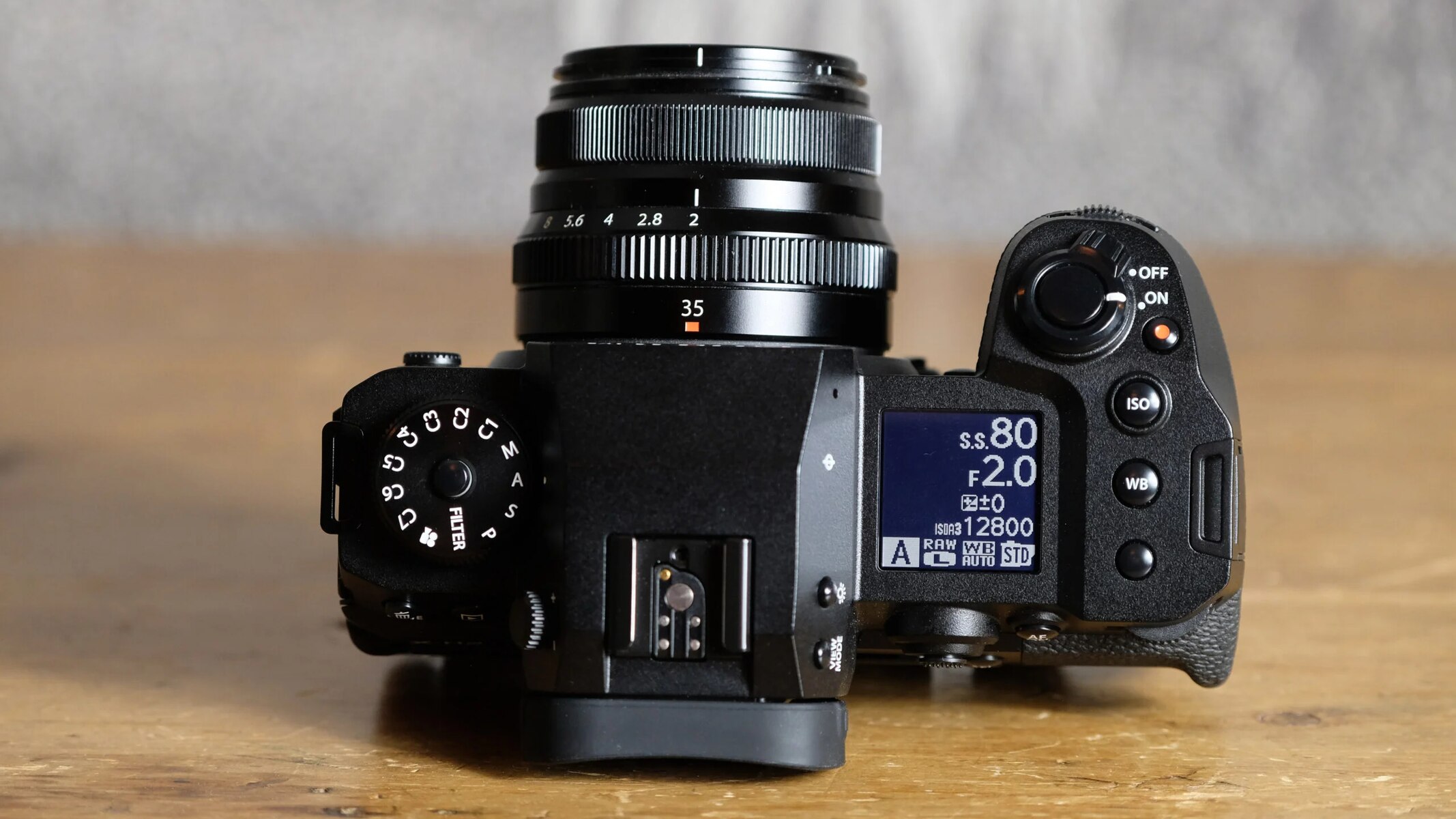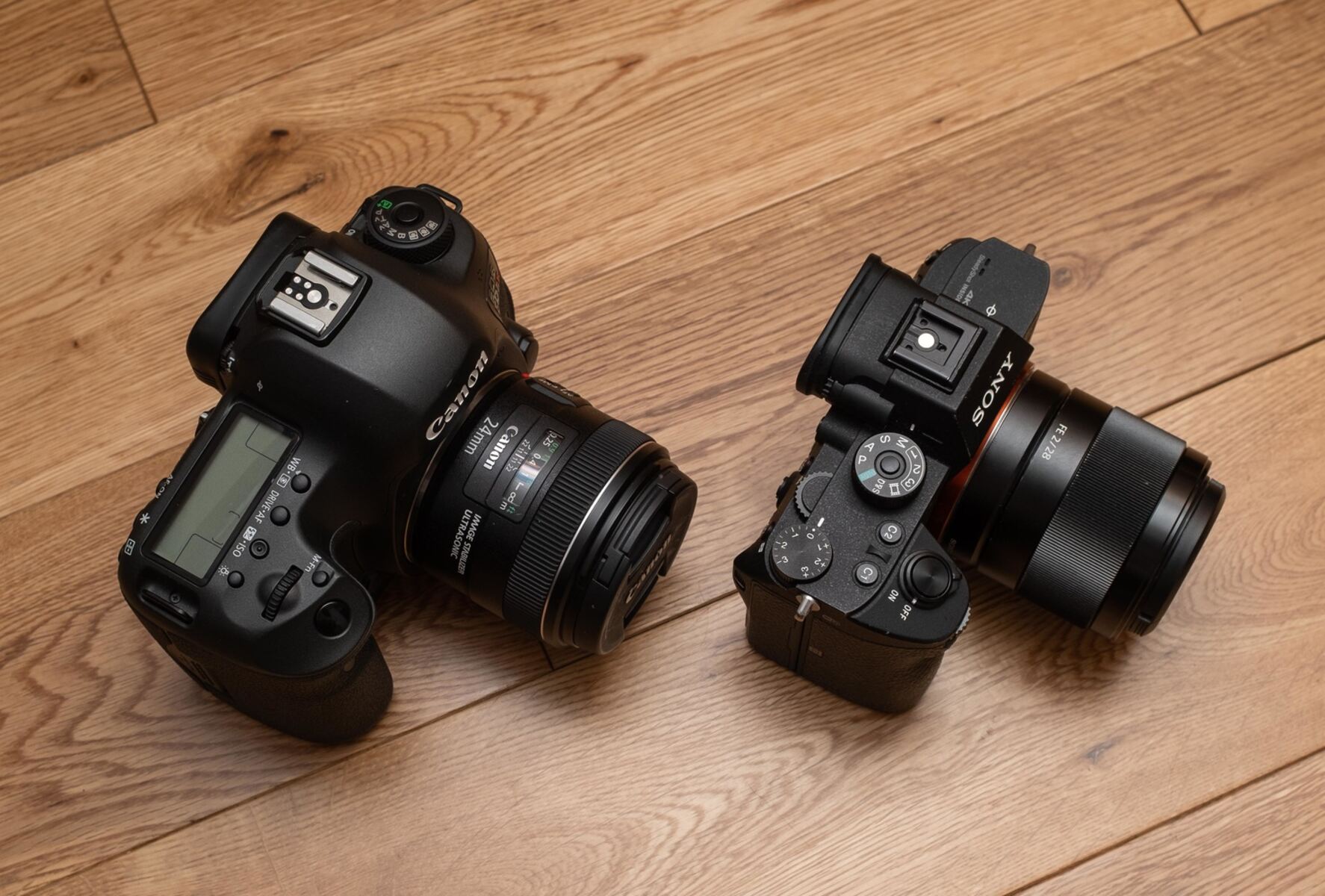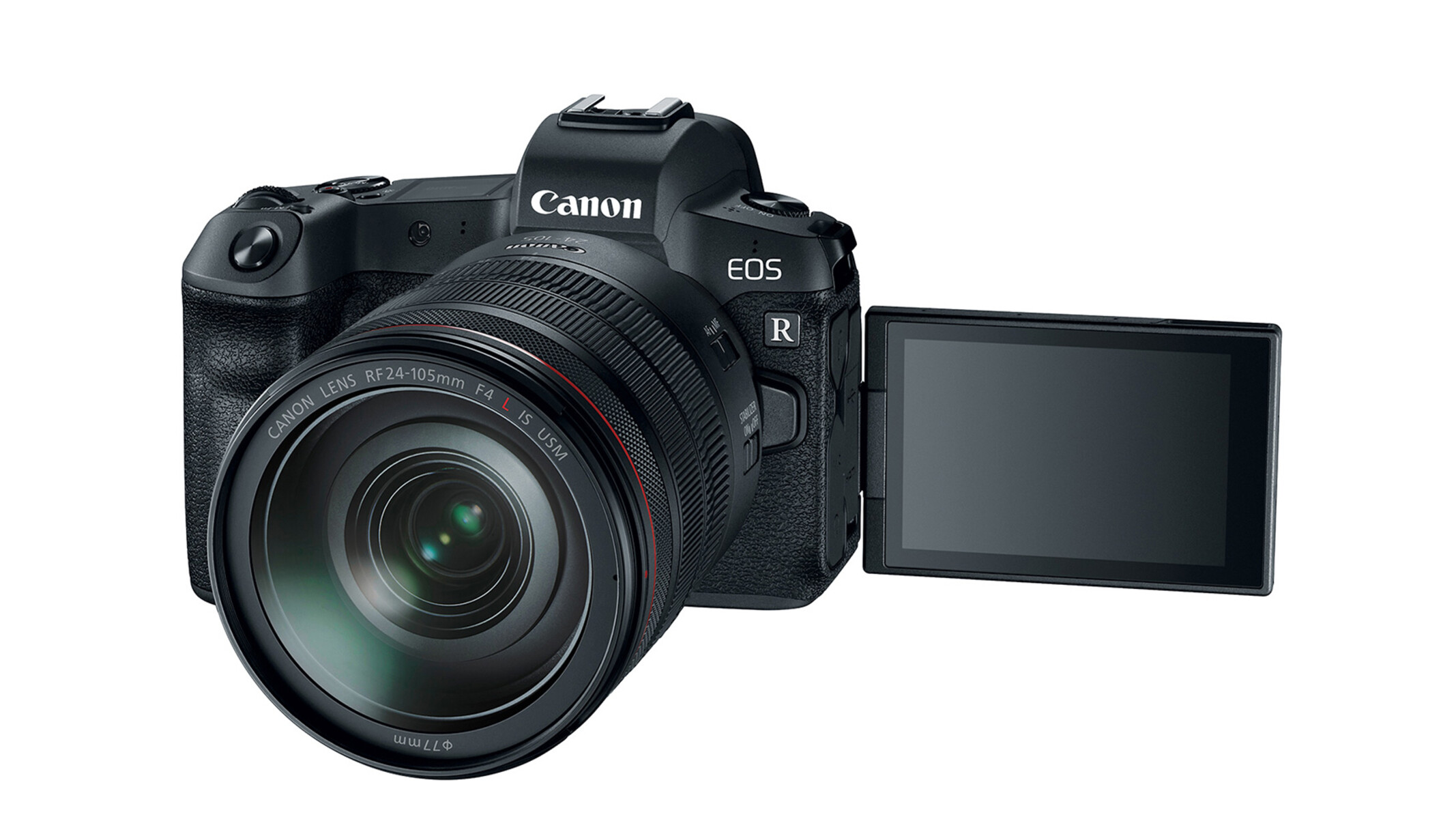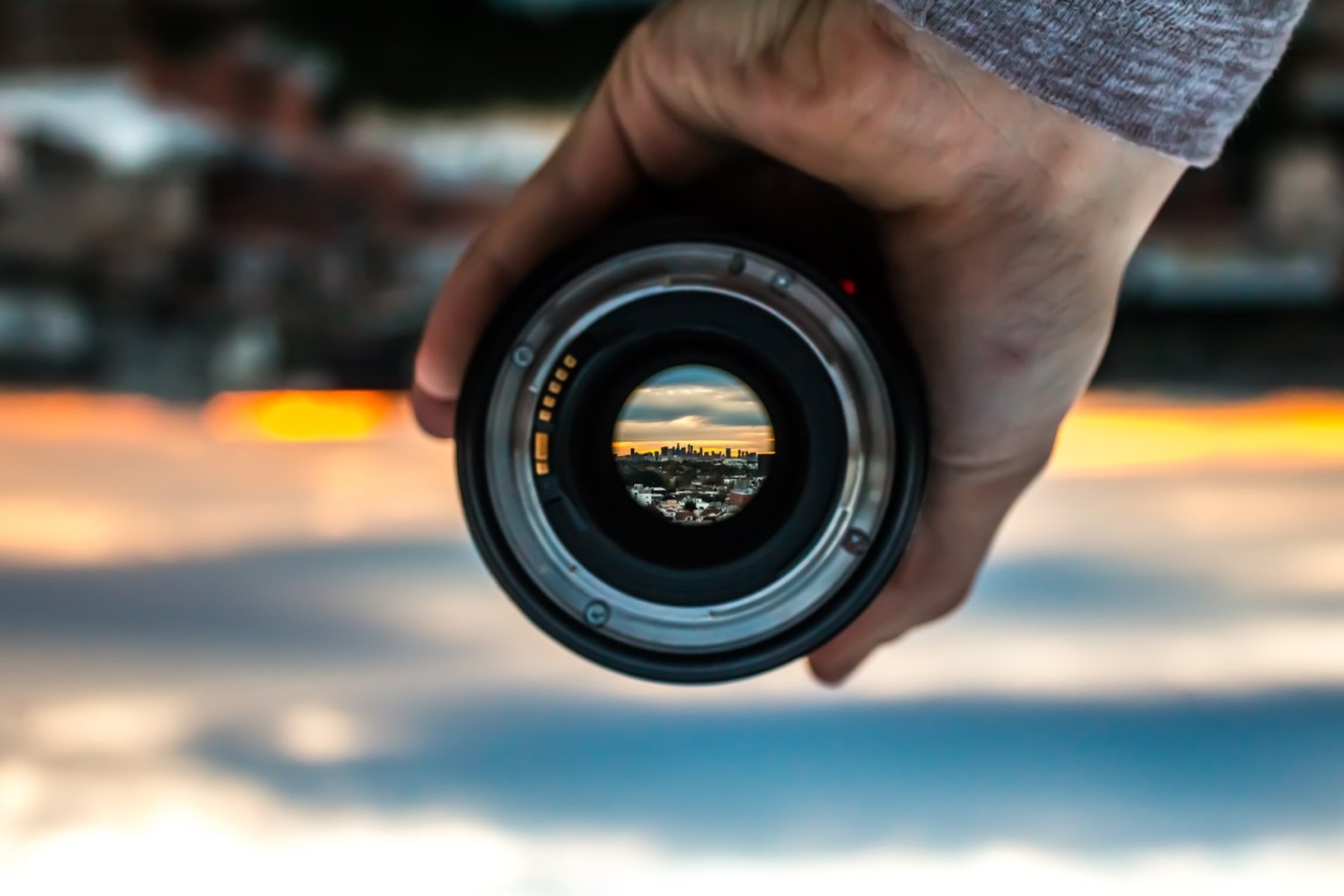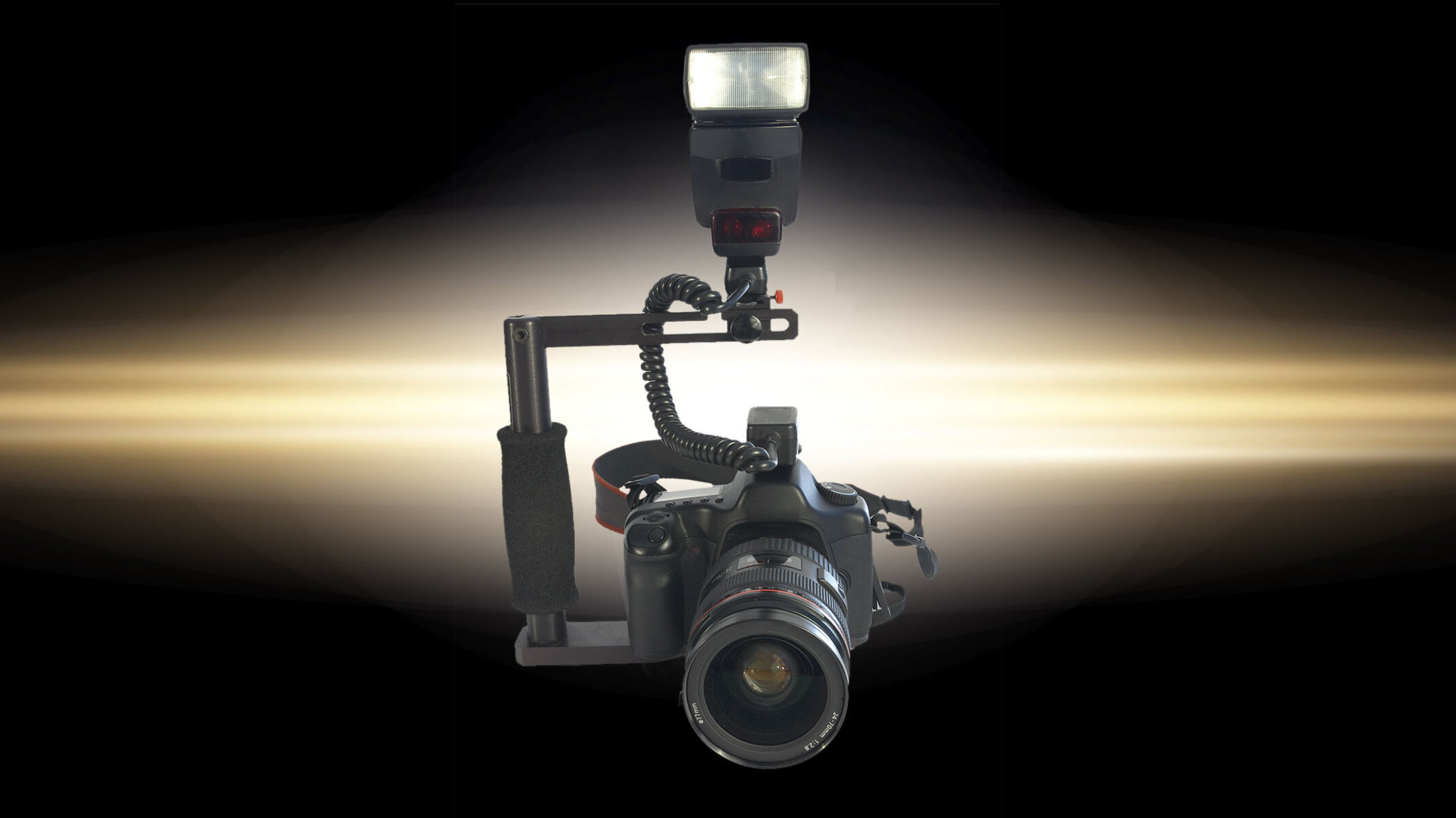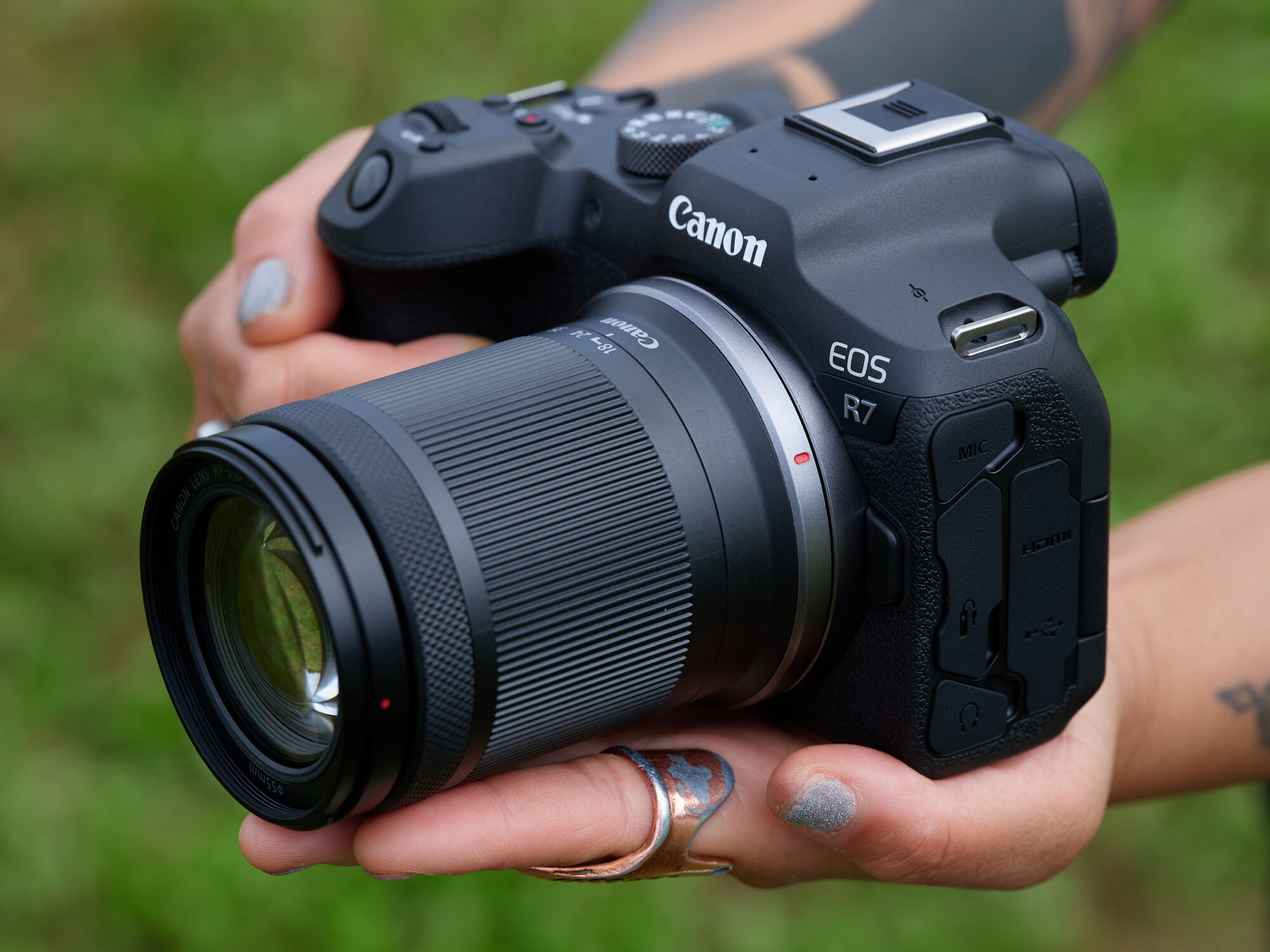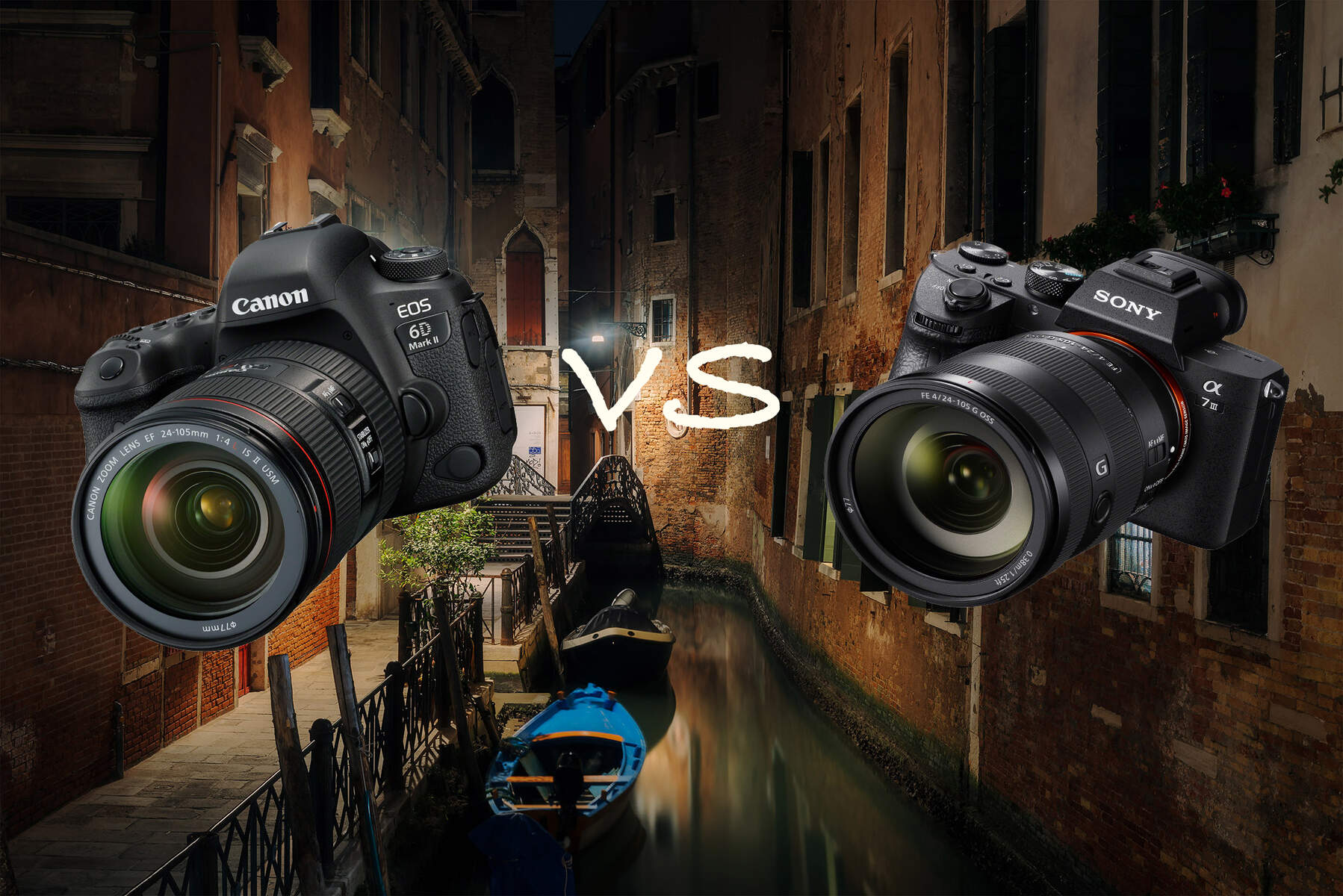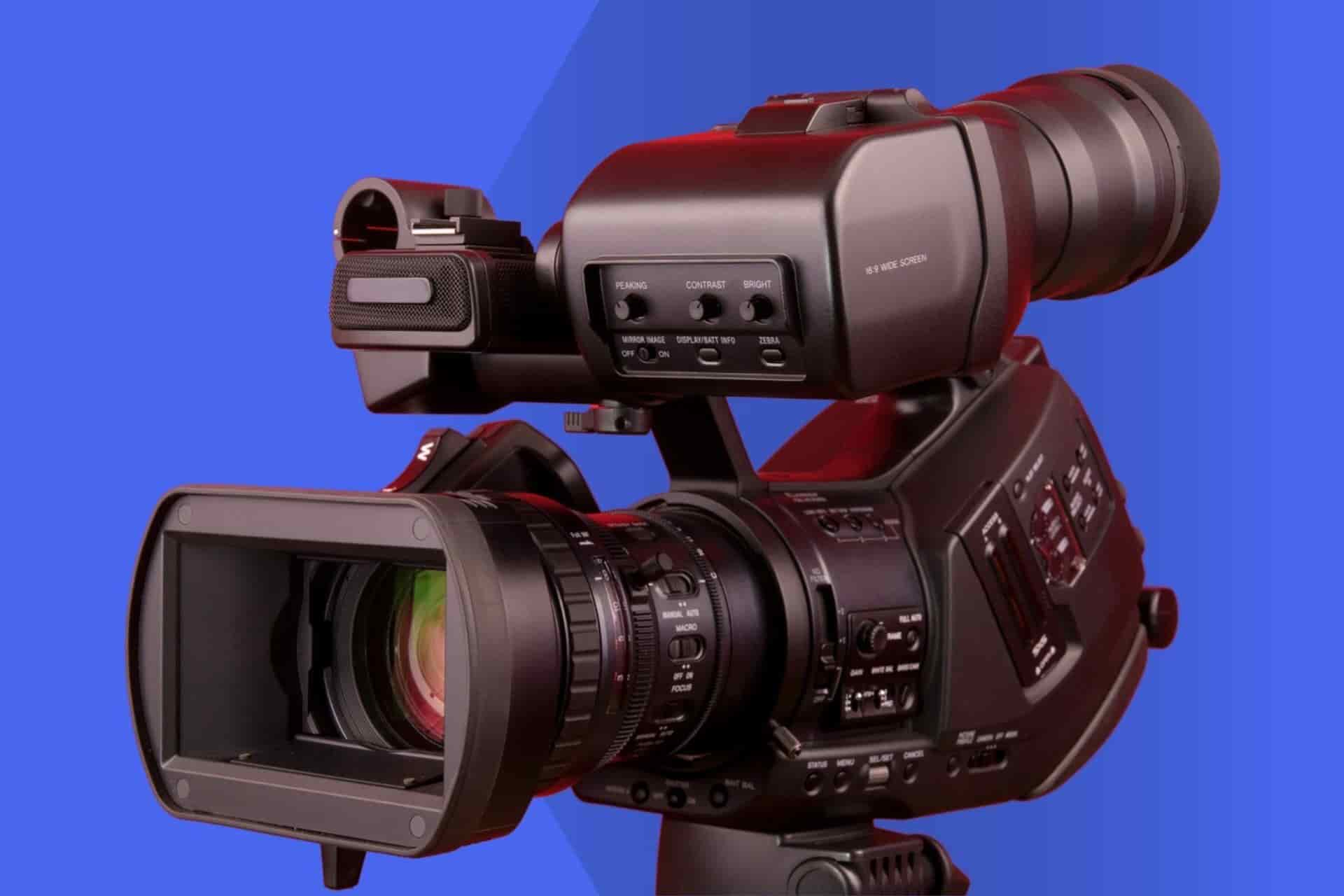Introduction
In the ever-evolving realm of photography, mirrorless cameras have emerged as a compelling alternative to traditional DSLRs. These innovative devices have garnered significant attention from both amateur and professional photographers due to their compact size, versatility, and impressive image quality. As the name suggests, mirrorless cameras lack the complex internal mirror system found in DSLRs, allowing for a more streamlined design and enhanced portability.
The rise of mirrorless cameras has sparked a revolution in the photography industry, offering a viable solution for individuals seeking a lightweight yet powerful imaging tool. With a myriad of options available on the market, selecting the ideal mirrorless camera can be a daunting task. As such, it is crucial to understand the distinguishing features and capabilities of these devices, as well as the key considerations when making a purchase. This article aims to explore the top mirrorless cameras currently available, shedding light on their unique attributes and performance capabilities.
Whether you are an enthusiast looking to upgrade your photography gear or a professional seeking a reliable and versatile camera, understanding the nuances of mirrorless technology and the best options on the market is essential. By delving into the specifics of mirrorless cameras and the factors to consider when choosing one, you can make an informed decision that aligns with your photographic needs and preferences. Let's embark on a journey through the world of mirrorless cameras and uncover the top contenders that are shaping the future of photography.
What Makes a Mirrorless Camera Different
Unlike traditional DSLRs, mirrorless cameras do not feature an internal mirror mechanism, which has a profound impact on their design and functionality. This absence of a mirror allows mirrorless cameras to be more compact and lightweight, making them highly portable and convenient for photographers who are constantly on the move. The elimination of the mirror also contributes to a quieter shutter, enabling discreet shooting in various settings without causing disruptions.
Another key differentiator is the electronic viewfinder (EVF) found in many mirrorless cameras. This feature provides a real-time preview of the image, allowing photographers to accurately assess exposure, white balance, and depth of field before capturing a shot. The EVF offers a dynamic and customizable viewing experience, presenting vital shooting information directly in the viewfinder and empowering users to make precise adjustments on the fly.
Furthermore, the autofocus system in mirrorless cameras often leverages advanced technology, such as contrast-detection and phase-detection autofocus, resulting in swift and accurate focusing capabilities. This is particularly advantageous for capturing fast-moving subjects and achieving sharp, in-focus images in various shooting conditions. Additionally, many mirrorless cameras boast in-body image stabilization, which minimizes camera shake and enhances the overall sharpness of images, especially in low-light scenarios.
One of the most compelling aspects of mirrorless cameras is their adaptability to a wide array of lenses. With the availability of lens adapters, photographers can utilize lenses from different manufacturers, opening up a world of creative possibilities and expanding their photographic capabilities. This flexibility in lens compatibility is a significant advantage for individuals who may already own a collection of lenses or wish to explore diverse optical options without being limited by proprietary lens mounts.
Moreover, the absence of a mirror allows for seamless integration of advanced video recording features in mirrorless cameras, catering to the growing demand for high-quality video content creation. Many mirrorless models offer 4K video recording, high frame rates, and professional-grade video capabilities, making them a preferred choice for videographers and content creators.
Top Mirrorless Cameras on the Market
As the popularity of mirrorless cameras continues to soar, several standout models have garnered acclaim for their exceptional performance, innovative features, and overall value. Among the top contenders in the market, the Sony Alpha series has established itself as a frontrunner, with the Sony Alpha a7 III widely praised for its remarkable full-frame sensor, impressive low-light performance, and advanced autofocus system. This versatile camera excels in both still photography and video recording, making it a popular choice among professionals and enthusiasts alike.
FujiFilm has also made significant strides in the mirrorless arena, with the FujiFilm X-T4 earning accolades for its outstanding image quality, in-body image stabilization, and robust build quality. The X-T4’s intuitive handling and extensive customization options make it a compelling option for photographers seeking a seamless shooting experience and creative control over their imagery.
Olympus has carved a niche for itself with the OM-D E-M1 Mark III, a feature-rich mirrorless camera renowned for its exceptional weather-sealing, industry-leading image stabilization, and high-speed performance. This rugged yet lightweight camera is well-suited for outdoor and adventure photography, offering a comprehensive set of tools for capturing stunning landscapes and action-packed scenes with unparalleled clarity.
- Sony Alpha a7 III
- FujiFilm X-T4
- Olympus OM-D E-M1 Mark III
Additionally, the Panasonic Lumix DC-GH5 remains a top choice for videographers and content creators, boasting impressive video recording capabilities, a durable magnesium alloy body, and a wealth of professional features for cinematic storytelling. Its 5-axis dual image stabilization and high-speed autofocus contribute to smooth, steady footage, making it a powerhouse in the realm of mirrorless video production.
Canon has also made a mark in the mirrorless segment with the Canon EOS R6, a versatile and reliable camera renowned for its exceptional autofocus performance, 4K video recording, and robust image quality. The EOS R6 caters to a wide range of photography genres, from sports and wildlife photography to portraiture and event coverage, delivering consistent and impressive results across various shooting scenarios.
These top mirrorless cameras exemplify the cutting-edge technology, performance prowess, and creative potential that define the modern era of photography. Each model offers a unique set of features and capabilities, catering to diverse photographic styles and preferences, and empowering users to elevate their craft to new heights.
Factors to Consider When Choosing a Mirrorless Camera
When navigating the myriad of mirrorless cameras available, several key factors warrant careful consideration to ensure that you select a camera that aligns with your specific needs and preferences. Understanding these pivotal elements will empower you to make an informed decision and invest in a mirrorless camera that complements your photographic vision.
1. Sensor Size and Resolution
The sensor size and resolution of a mirrorless camera play a crucial role in determining the level of detail, dynamic range, and low-light performance it can deliver. Cameras with larger sensors, such as full-frame or APS-C sensors, excel in capturing intricate details and producing high-quality images, making them ideal for professional work and enthusiast photography. Assessing the sensor size and resolution that best suits your intended use is essential for achieving the desired image quality.
2. Autofocus System
The autofocus system of a mirrorless camera significantly influences its ability to capture sharp, in-focus images, especially in dynamic or fast-paced shooting scenarios. Advanced autofocus technologies, including phase-detection and contrast-detection autofocus, contribute to swift and accurate focusing, enabling photographers to track moving subjects and achieve precise focus in various lighting conditions. Evaluating the autofocus capabilities of a camera is paramount, particularly for genres such as sports, wildlife, and event photography.
3. In-Body Image Stabilization
Many mirrorless cameras feature in-body image stabilization (IBIS), which minimizes the impact of camera shake and enhances the overall sharpness of images, particularly in low-light environments or when using telephoto lenses. IBIS is invaluable for handheld shooting, video recording, and scenarios where a tripod may not be feasible. Assessing the effectiveness of a camera’s image stabilization system is crucial for achieving consistently clear and steady imagery.
4. Ergonomics and Handling
The ergonomics and handling of a mirrorless camera directly impact the shooting experience, as they determine the comfort, accessibility of controls, and overall usability of the device. Assessing the grip, button layout, and customization options is essential for ensuring that the camera seamlessly integrates into your workflow and facilitates intuitive operation, especially during extended shooting sessions.
5. Lens Selection and Compatibility
The availability of a diverse lens ecosystem and compatibility with various lens mounts is a pivotal consideration for photographers seeking to expand their creative horizons and tailor their gear to specific genres. Assessing the range of native lenses, third-party lens support, and the feasibility of adapting legacy lenses is crucial for building a versatile and adaptable photographic toolkit.
6. Video Capabilities
For individuals with an interest in videography or multimedia content creation, evaluating a camera’s video recording features, including resolution, frame rates, and professional-grade functionalities, is essential. The ability to capture high-quality video with comprehensive manual controls and advanced audio capabilities can significantly enhance the versatility and creative potential of a mirrorless camera.
By carefully evaluating these fundamental factors and aligning them with your specific photographic requirements and creative aspirations, you can confidently select a mirrorless camera that empowers you to realize your vision and elevate your craft.
Conclusion
Embarking on the journey of selecting a mirrorless camera unveils a realm of innovation, versatility, and creative potential. The evolution of mirrorless technology has redefined the photography landscape, offering photographers a diverse array of cameras that cater to a wide spectrum of artistic visions and technical requirements. As the market continues to witness the emergence of groundbreaking mirrorless models, it is paramount for individuals to approach their purchasing decisions with a comprehensive understanding of the key distinguishing factors and considerations.
From the compact and agile design of mirrorless cameras to their advanced autofocus systems, in-body image stabilization, and expansive lens compatibility, these devices epitomize the convergence of cutting-edge technology and user-centric design. The top mirrorless cameras on the market, including the Sony Alpha a7 III, FujiFilm X-T4, Olympus OM-D E-M1 Mark III, Panasonic Lumix DC-GH5, and Canon EOS R6, exemplify the pinnacle of imaging innovation, empowering photographers and videographers to push the boundaries of visual storytelling and creative expression.
As photographers and enthusiasts navigate the rich tapestry of mirrorless offerings, it is essential to consider pivotal factors such as sensor size and resolution, autofocus capabilities, image stabilization, ergonomics, lens selection, and video functionalities. By meticulously evaluating these elements and aligning them with individual preferences and shooting styles, photographers can make informed decisions that resonate with their artistic pursuits and technical demands.
Ultimately, the world of mirrorless cameras beckons with an abundance of opportunities for exploration, experimentation, and mastery. Whether capturing breathtaking landscapes, documenting fleeting moments, or delving into the realm of cinematic storytelling, the right mirrorless camera serves as a steadfast companion on the photographic journey, empowering creators to translate their vision into captivating imagery.
With a wealth of top-tier mirrorless cameras at their disposal and a nuanced understanding of the critical factors to consider, photographers can embark on a seamless and enriching creative odyssey, harnessing the power of mirrorless technology to craft compelling visual narratives and redefine the art of photography.







